The climate is changing, and the ice is melting. Explore what effects this will have and what action should be taken, both in the Arctic and in the rest of the world.
What happens next in the Arctic?
People, animals and plants that live in the Arctic environment will have to adapt to these changes, in some cases quickly! Plants adapt quickly, invading new areas as they become suitable for growth. Invasive species of fish and invertebrates colonise the freshwater and marine environments as they become warmer but animals, especially those that use the ice for breeding such as the polar bear and the walrus will take longer to adapt.
Changes in vegetation patterns
- What do you notice about the changes in vegetation patterns between these two maps?
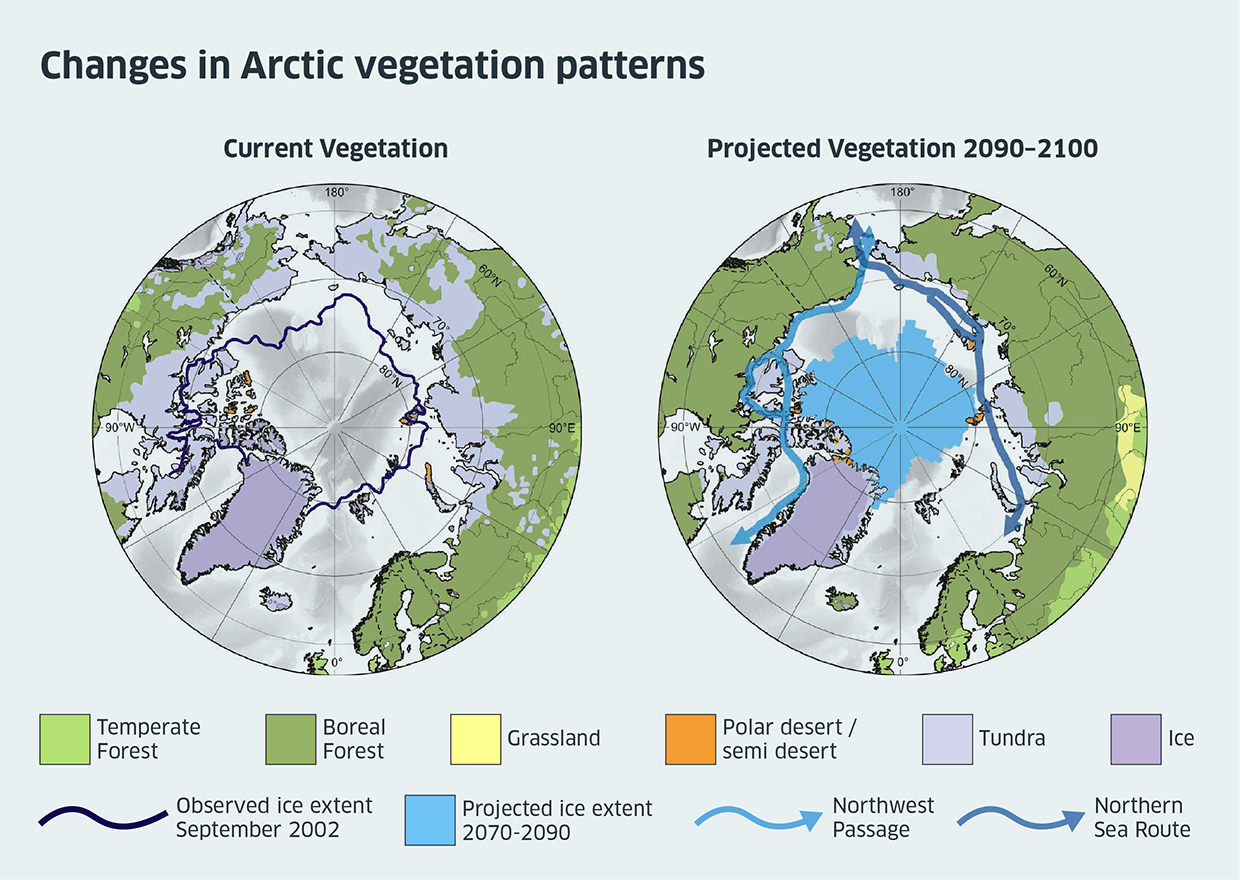
What will happen to the current location of the Tundra vegetation as the area warms?
The treeline will move northward to higher latitudes, with the coniferous boreal forests of the taiga replacing the tundra vegetation.
The tundra vegetation will move into the polar deserts.
Effects on the environment, the ecosystem and the cultural identity of indigenous people
Henry talks about changes
Changes in climate will have impacts on the cultural identity of the indigenous people. Henry from the Inuit community in Nunavut tells us about the changes in the animals, birds and insects he and his wife Susie have noticed over the last few years. (video by Arctic Voice)
A spokesperson from the Nunavut Department of Environment talks about Inuit survival
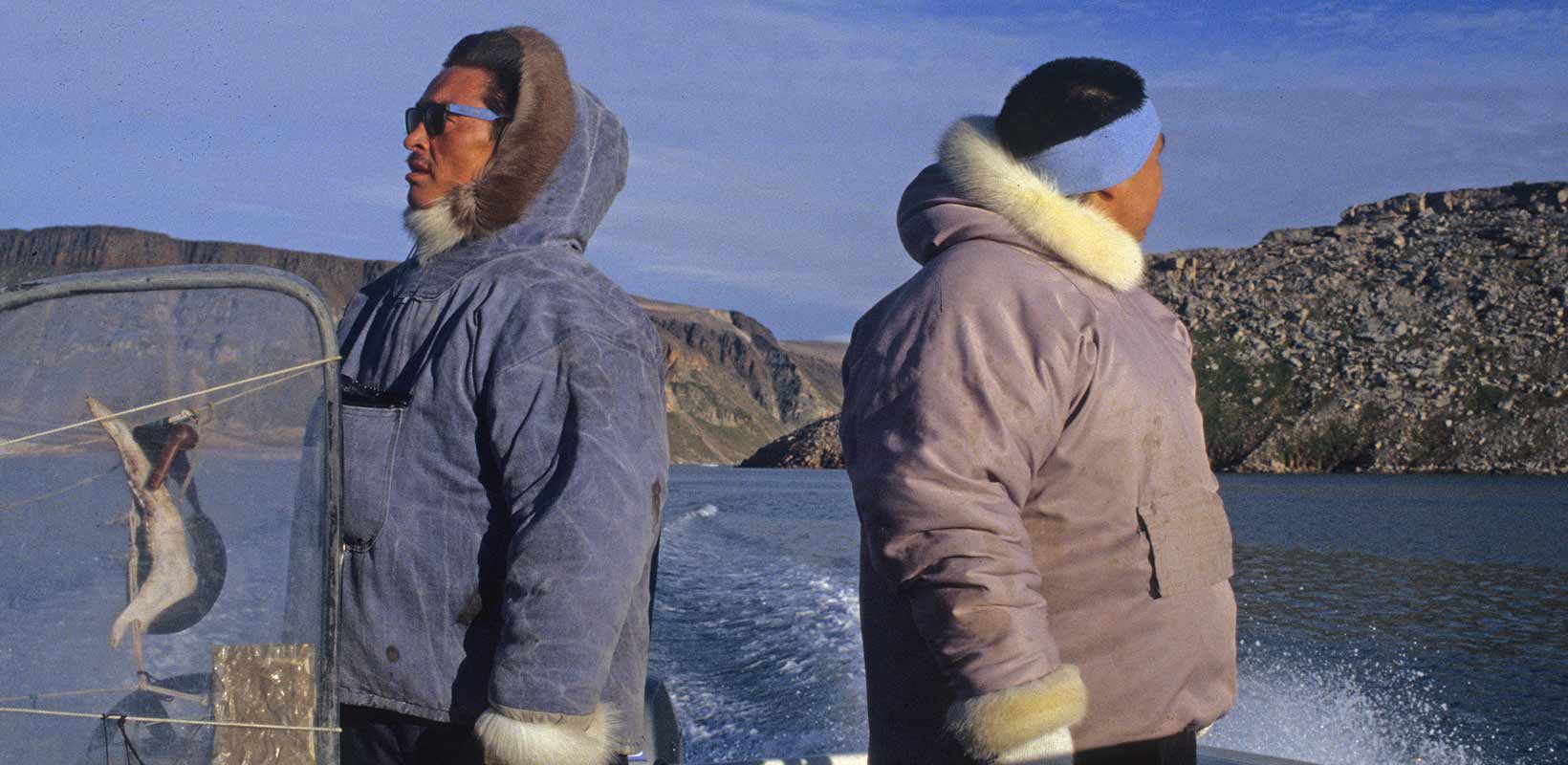
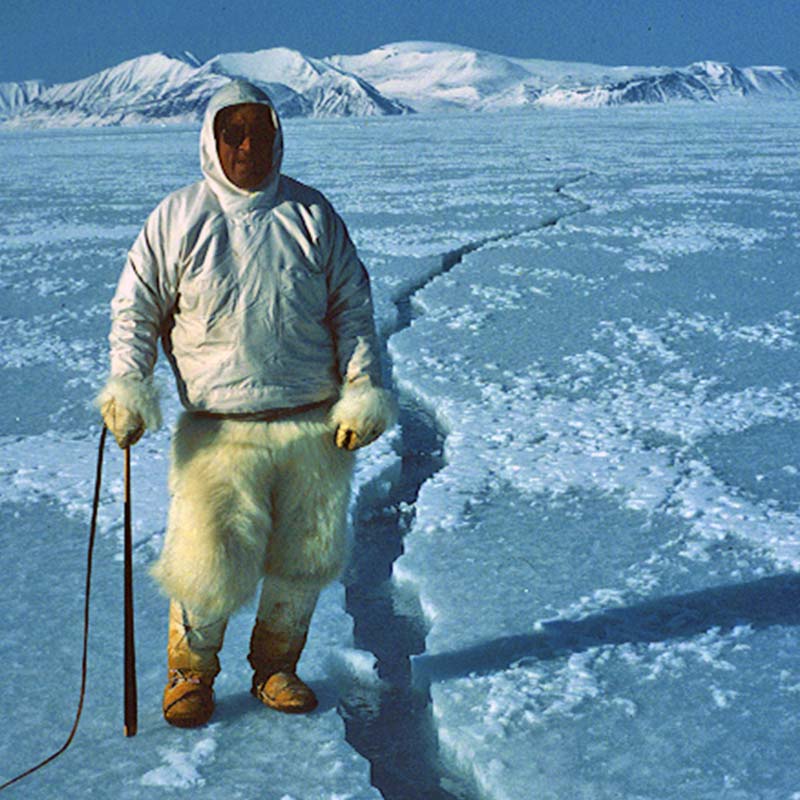
I know that the Inuit are going to survive because they will be able to adapt. The economical consequence and the disaster will actually occur in the south first and I know that the Inuit will maintain the traditional values. We’ll be able to survive, sure there will be a tremendous consequence but the people will be able to adapt, those who are still attached to the land and will be able to circumvent those concerns and move ahead and bring their own families forwards.
Should nature reserves be created?
Using the material in this section and elsewhere on the site, discuss whether or not nature reserves should be created where people could provide for themselves in traditional ways and adapt at their own pace, free from outside interference, to adjust to changing conditions. The pros and cons of this rely on the changes being slow enough to allow for these adaptations.
What happens next elsewhere in the world?
Because of the global climate system, any changes that affect the Arctic will have an impact everywhere else in the world. People, animals and plants will have to adapt to these changes. Some of these are quite simple, insulating our homes better and using different materials, for example.
Actions can be taken that will help to mitigate (ease the severity of) the changes by reducing the amount of carbon dioxide and other greenhouse gasses emitted into the atmosphere, and even reverse them.
There are many reasons for mitigation – here are five:
- Climate change is occurring faster than previously thought.
- Not all communities can adapt quickly enough to survive, and it is communities like those in the Arctic where changes are happening most quickly that will find it the most difficult to adapt
- Stabilising climate now will be cheaper than trying to do it later
- Adaptations could prove problematical
- Political support for mitigation looks as if something is being done to halt climate change.
So what can be done?
A number of measures have been suggested to help reduce, help or even halt the emission of carbon dioxide and other greenhouse gasses into the atmosphere, these include:
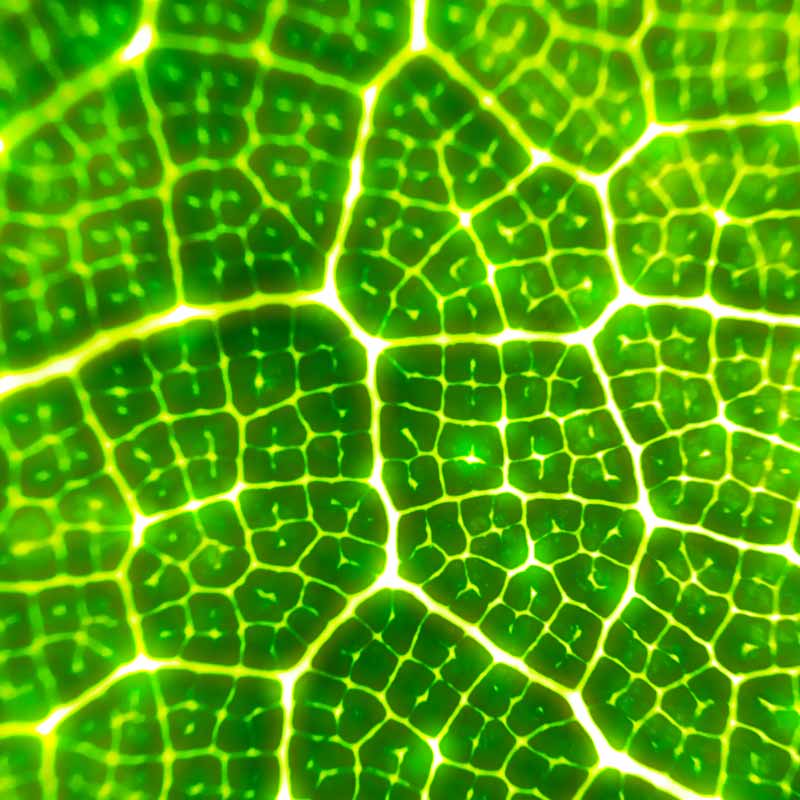
Artificial trees
a machine like a tree which can act as a ‘carbon scrubber’ to capture carbon dioxide from the air.
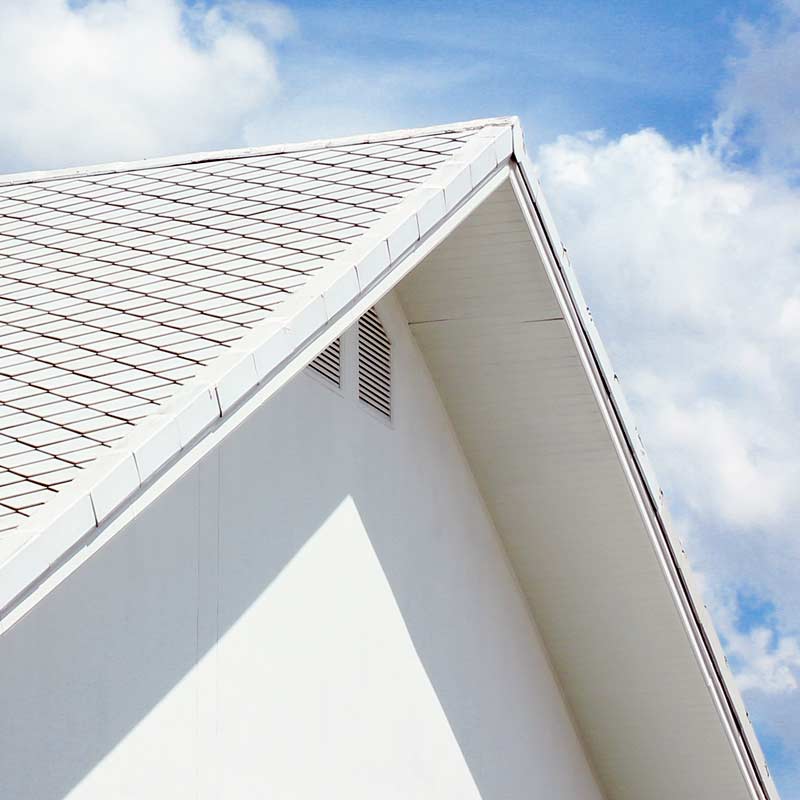
Increasing reflectivity
rooftops and pavements could be painted paler colours to reflect rather than absorb more of the sun’s energy and increase the surface albedo.

Carbon Capture Storage (CCS)
a technique for capturing carbon dioxide as it is emitted from large producers, compressing it into a liquid and transporting it to a suitable storage site where it is injected into the ground.
Pros and Cons
- All of these ideas have positive and negative aspects. Go to 21stcenturychallenges to research further about the relative merits and drawbacks of each of these ideas.
- Download What is plan B? Engineering our climate
- Produce a report for your local council to put forward your recommendations as to what might be the best way to mitigate climate change and what could be done locally in your area.
- Challenge yourself to think about the wider considerations such as transboundary issues, further impacts of the solutions and how these might act differently depending on scale.